Inground pools regularly lose water each day to evaporation, but an excessive drop in your water level is indicative of a leak. Leaks must be located and repaired, because they could not only lead to significant water loss in your pool, but also increase water bills and can weaken subsoil. Before deciding how best to repair a leak in an inground pool’s vinyl liner, however, the water loss or leak’s location must be identified and severity assessed. If you suspect that your pool is losing water or has a leak, here’s how to tell whether it does and figure out where the leak or problem is located.
How Much Water Loss in a Pool is Normal?
It’s normal for your pool to lose a small amount of water to evaporation each day, especially if you live in a hot climate or your pool gets lots of direct sun exposure. Evaporation is directly related to the amount of surface water exposed to the air. This includes the water in your pool and water in water features, waterfalls and even slides. However, if your pool is losing more than half an inch to an inch of water per day, it’s almost guaranteed you’ve got a leak on your hands. Unlike evaporation, which is a harmless natural process, a leak creates safety hazards by allowing water to pass out of the pool directly into the ground, causing weakness and instability that can damage the pool, or even lead to structural damage.
How Much Water Does a Pool Lose Per Week?
On average, a typical swimming pool loses anywhere from approximately one quarter of an inch to two inches of water per week. That adds up to a whopping 10,000 to 20,000 gallons per year — enough to fill a second pool! Factors that can cause or accelerate pool water loss include splashing, hot weather, and filter backwashing, which occurs when pool waste water drains out into the sewer system.
While you can’t prevent water loss completely, you can take steps to reduce evaporation and waste, such as keeping your pool covered. Another thing you can do is shut off heating systems when the pool is not in use, since a greater difference in temperature between the air in water will lead to increased evaporation.
Why Does My Pool Lose Water Overnight?
You might think that, without the sun beating down or your pets and kids splashing, overnight water loss would be impossible. However, to many homeowners’ surprise, it is actually common for swimming pools to lose water at night. Even without sunlight, substantial amounts of evaporation can still occur, especially if the pool temperature is higher than the air temperature. Fortunately, you can limit overnight evaporation and water loss by using a swimming pool autocover, or by turning off the heating system once you are done with the pool for the evening.
What Are the Signs of a Pool Leak?
Watch out for these tell-tale warning signs that your fiberglass, gunite, or vinyl pool is leaking:
- There are puddles, damp spots, or pools of standing water near the swimming pool — even though it hasn’t rained recently. Test the water in the puddle to see if it contains chlorine. If chlorine is present, then it’s most likely water from your pool.
- You notice cracks, depressions, soft spots, or stains on the pool deck, which indicate that water is not being contained.
What is the Best Way to Identify a Leak in a Pool?
There are several easy ways to check for pool leaks if your swimming pool’s water loss seems excessive. For example, you can touch or walk on the floor of your pool to feel for squishy areas, which are indicatives of leaks, or simply use your power of observation to look for excessive loss of water.
Pool Leak or Evaporation? Identify a Leak With these Tips
Before searching your pool for a leak, you should confirm that there is a leak. The easiest way is to check with your neighbor to see if their pool has lost a similar amount of water as yours. If you’re convinced your pool has a leak, then it’s best to contact a local pool professional.
Once you determine that there is a leak, the next step is to identify where it is. (If there isn’t a leak, just go for a swim!)
Check for a leak in the electrical and filtration systems
It’s easy to check the electrical and plumbing systems for leaks. One of the most common areas for leaking water is lighting, specifically around a niche light. Over time these niche light could need to be replaced, which is a fairly simple repair by a pool professional. Always be cautious when checking your pool’s electrical systems — you don’t want to get shocked.
To see whether your pool’s water filtration system is leaking, turn off the filter. Look around at all pipes, fittings and the pump for moisture. If you see any, this is likely the location of your leak. Depending on the exact location of the leak, you may be able to replace a pipe yourself, or, for more complex issues like a failing pump, you might need to have a professional service your pool’s filtration system.
How Can I Tell Where my Pool is Leaking?
Once a pool leak test has confirmed that a leak exists, the next step is pinpointing the leak’s location so that it can be quickly repaired before the damage worsens. The top possible places for a leak are in the liner, lines and plumbing, backwash or a water feature. Nevertheless, to find a leak in a vinyl pool, fiberglass pool, or gunite pool it’s best to hire a trusted professional to thoroughly inspect the pool for you.
How to Fix a Leak in a Pool: Patches and New Liners
Once you identify where your pool’s leak is, you’ll see whether a patch will suffice. If the leak is too big for a patch, you’ll need a vinyl replacement liner. Order one as quickly as possible, so you can prevent the leak from weakening the subsoil and so you can enjoy your pool again soon. Your vinyl liner replacement will need to be installed by a professional, so be sure to reach out to a local independent swimming pool builder near you.

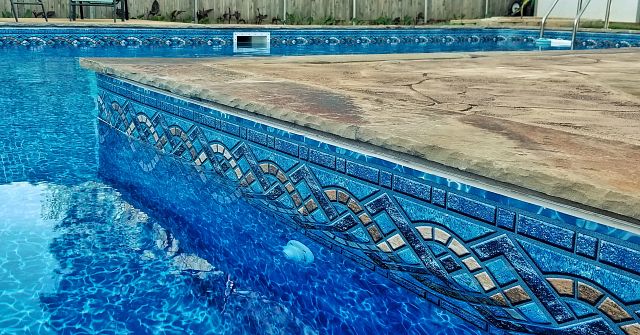

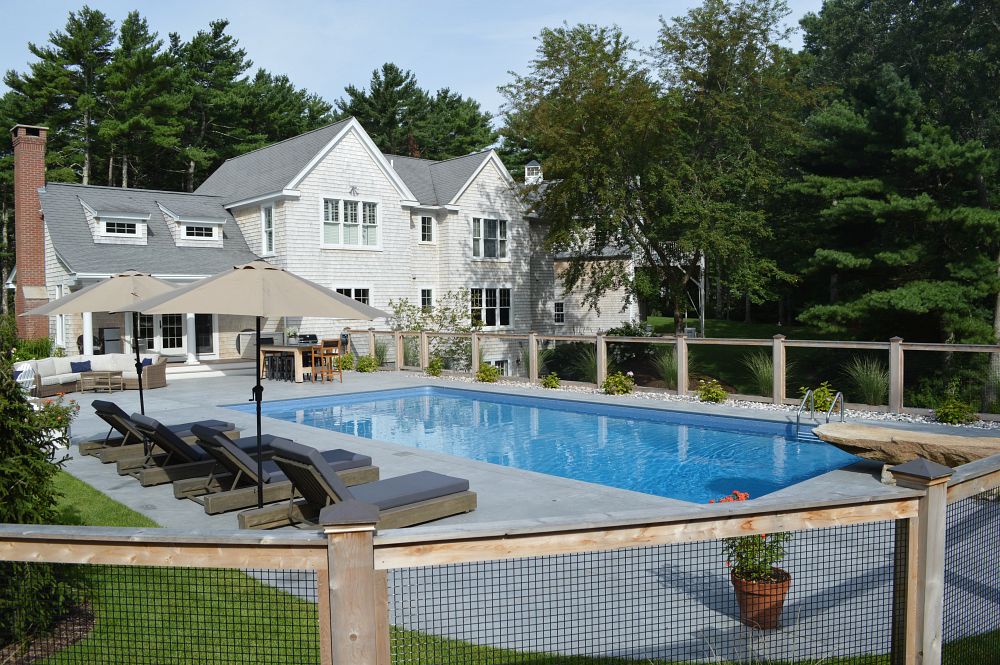
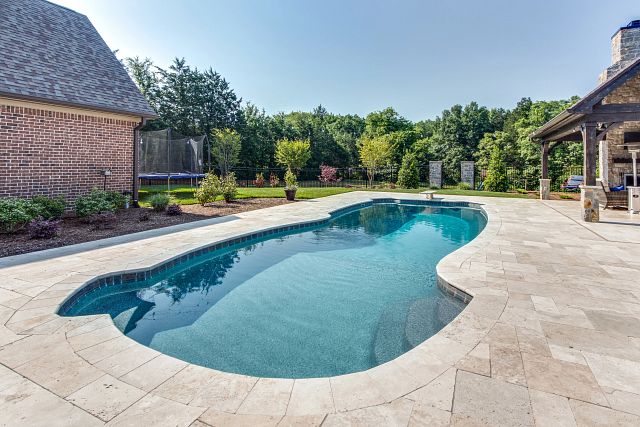
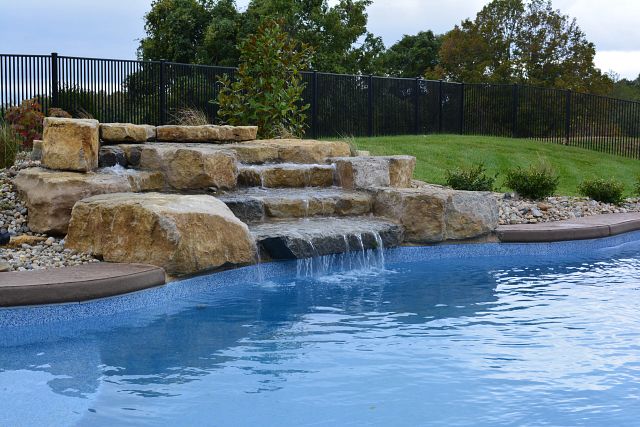
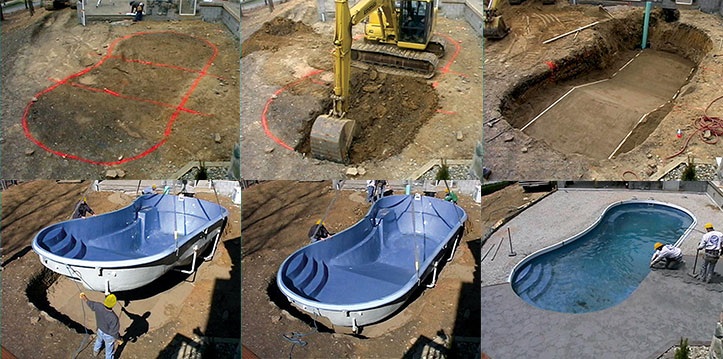
Join the discussion